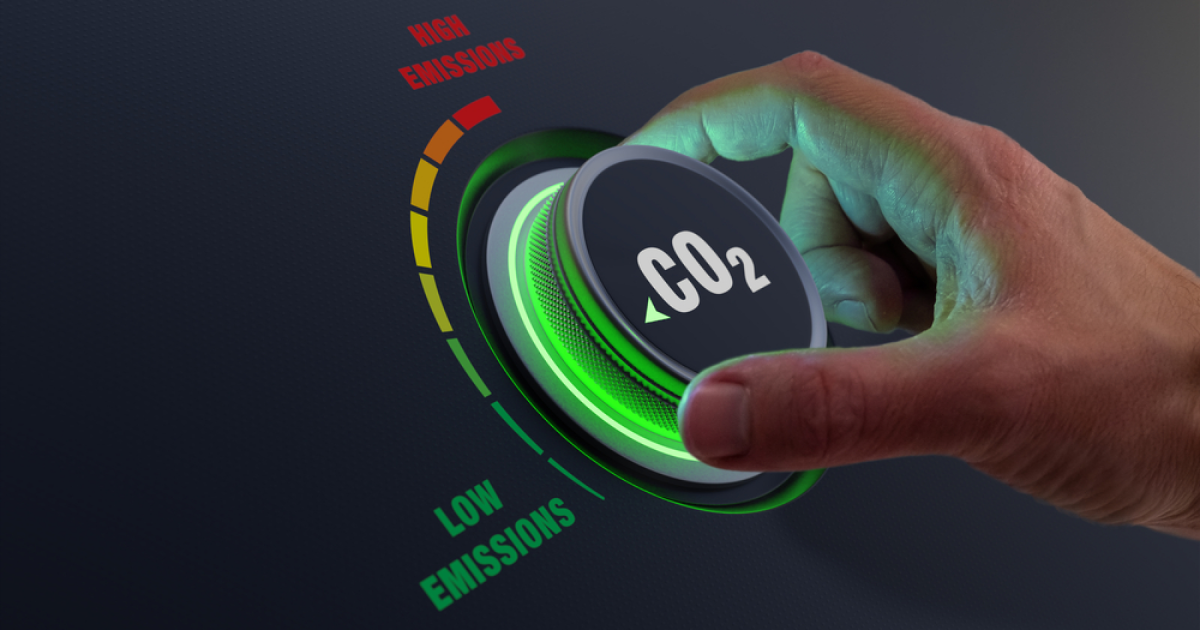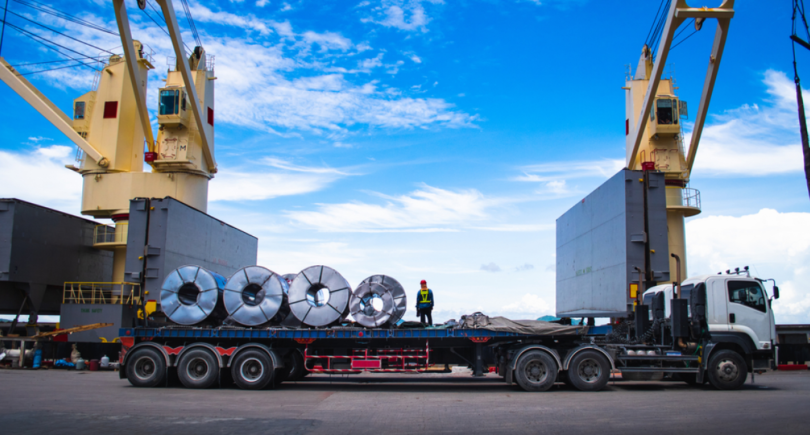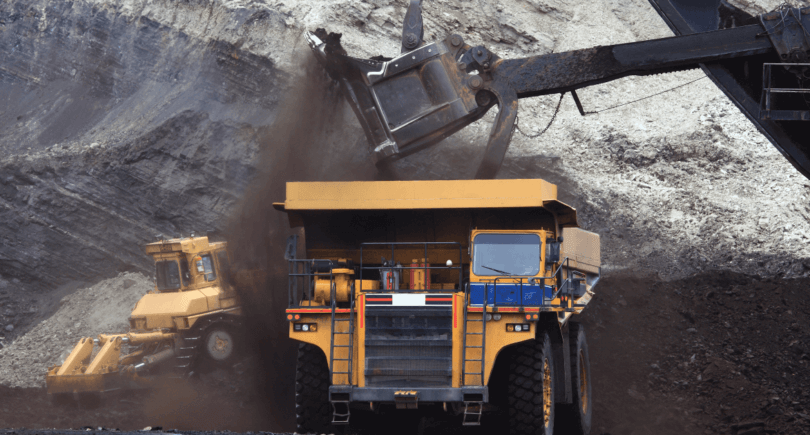
News Global Market CBAM 6416 14 February 2024
The introduction of the mechanism could have a serious impact on Chinese steel and aluminum producers
The EU’s decision to impose a tax on carbon-intensive imports under the carbon border adjustment mechanism (CBAM) from 2026 could seriously hit Chinese steel and aluminum producers. This is the assessment of investment bank Goldman Sachs in its report, the South China Morning Post reported.
Goldman analysts estimate that from 2026 the steel tariff under CBAM for China will reach 6%, in 2032 it will rise to 21%. While China and India view the levy as a protectionist move, it is part of the European Union’s policy to achieve zero carbon emissions by 2050.
As for aluminum, the levy for Chinese exporters could start at 3% and then increase to 7% in 2032.
The CBAM aims to level the playing field for producers of carbon-intensive goods in the EU as free emission allowances under the EU ETS are phased out.
The exact amount of import duties has yet to be determined, as it will vary depending on the prevailing carbon price under the EU ETS and offset by a carbon tax that China will impose on its emission-intensive sectors until 2026.
So far, Beijing has only imposed cap-and-trade obligations on electricity producers. The regime could be extended to the aluminum, cement and aviation sectors by 2025, and to the steel, chemicals, paper and glass industries by 2030.
Baoshan Iron&Steel, Citic Pacific Special Steel, Nanshan Aluminium and Dingsheng New Materials are among the exporters with the highest potential turnover covered by CBAM, the bank’s analysts said.
Goldman’s estimates are based on an EU carbon price of $70/t in 2026 and an assumption that industry emissions intensity will remain unchanged by then.
According to Goldman’s analysts, about $45 billion worth of goods subject to CBAM were exported from the Asia-Pacific region to Europe in 2022, representing 4% of total exports from the region.
China will be hit the hardest by future duties. In 2022, Chinese carbon-intensive goods subject to CBAM were valued at $20.5 billion, compared to $8.7 billion for India and $4 billion for the US. However, Indian steel exporters are expected to come under higher tariffs as their manufacturing process is more carbon intensive compared to China’s.
It may be recalled that India plans to oppose the European carbon tax on imports (CBAM) at the next World Trade Organization meeting to be held at the end of February. The country intended to claim that it would become a new trade barrier.




